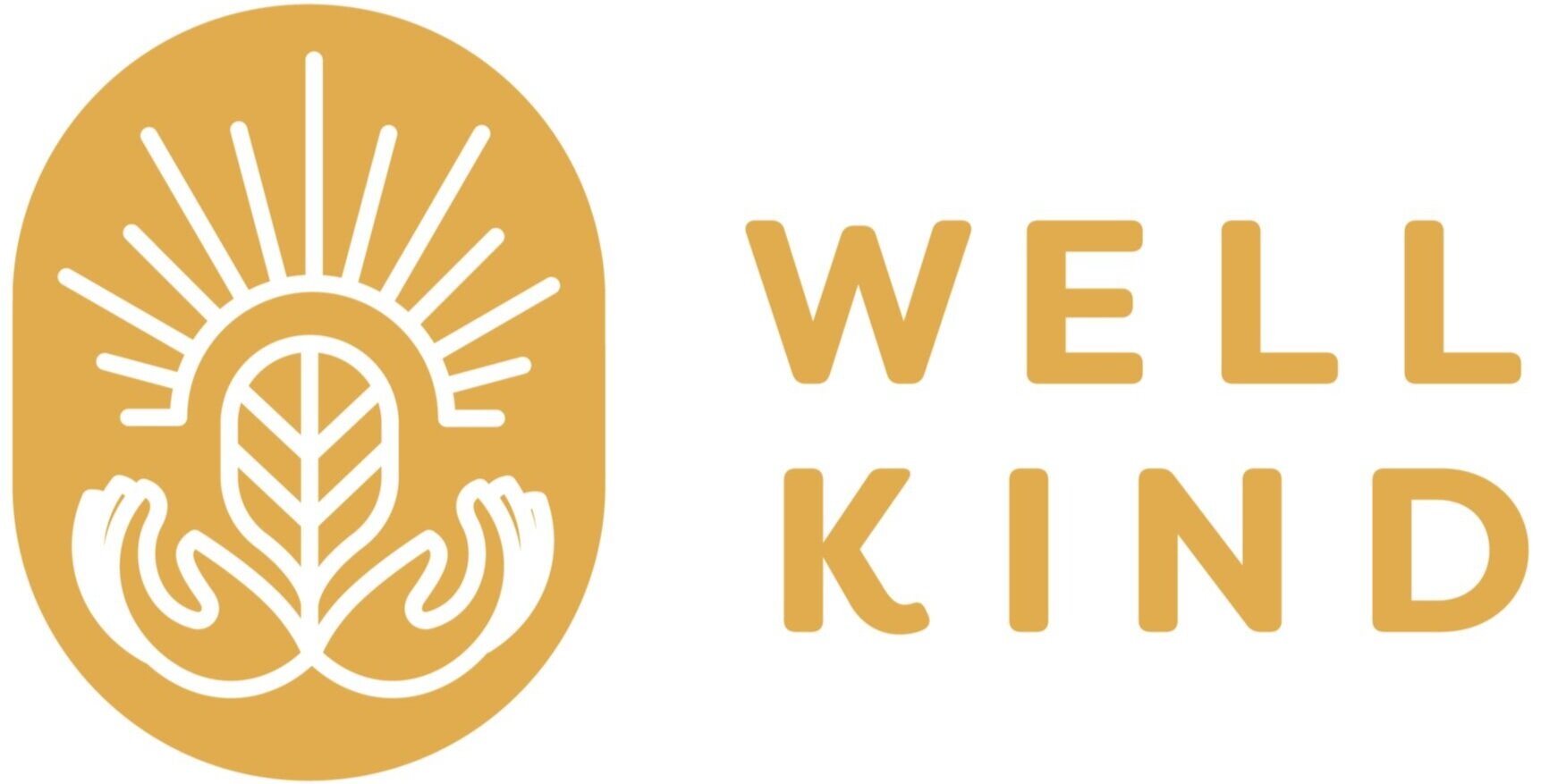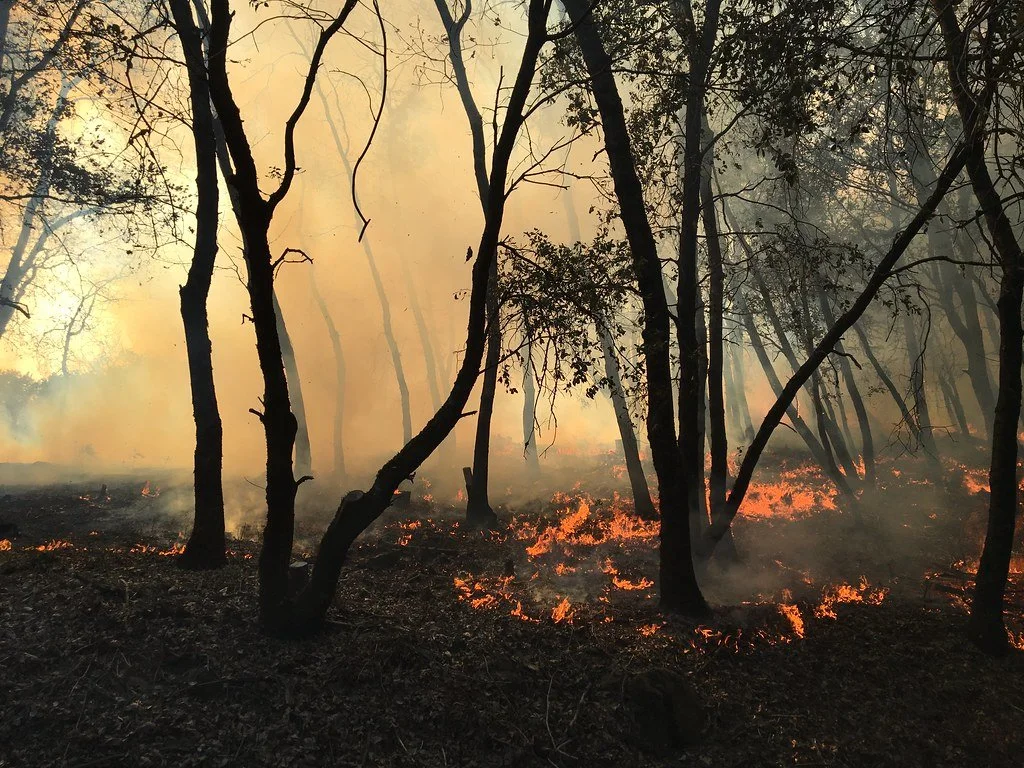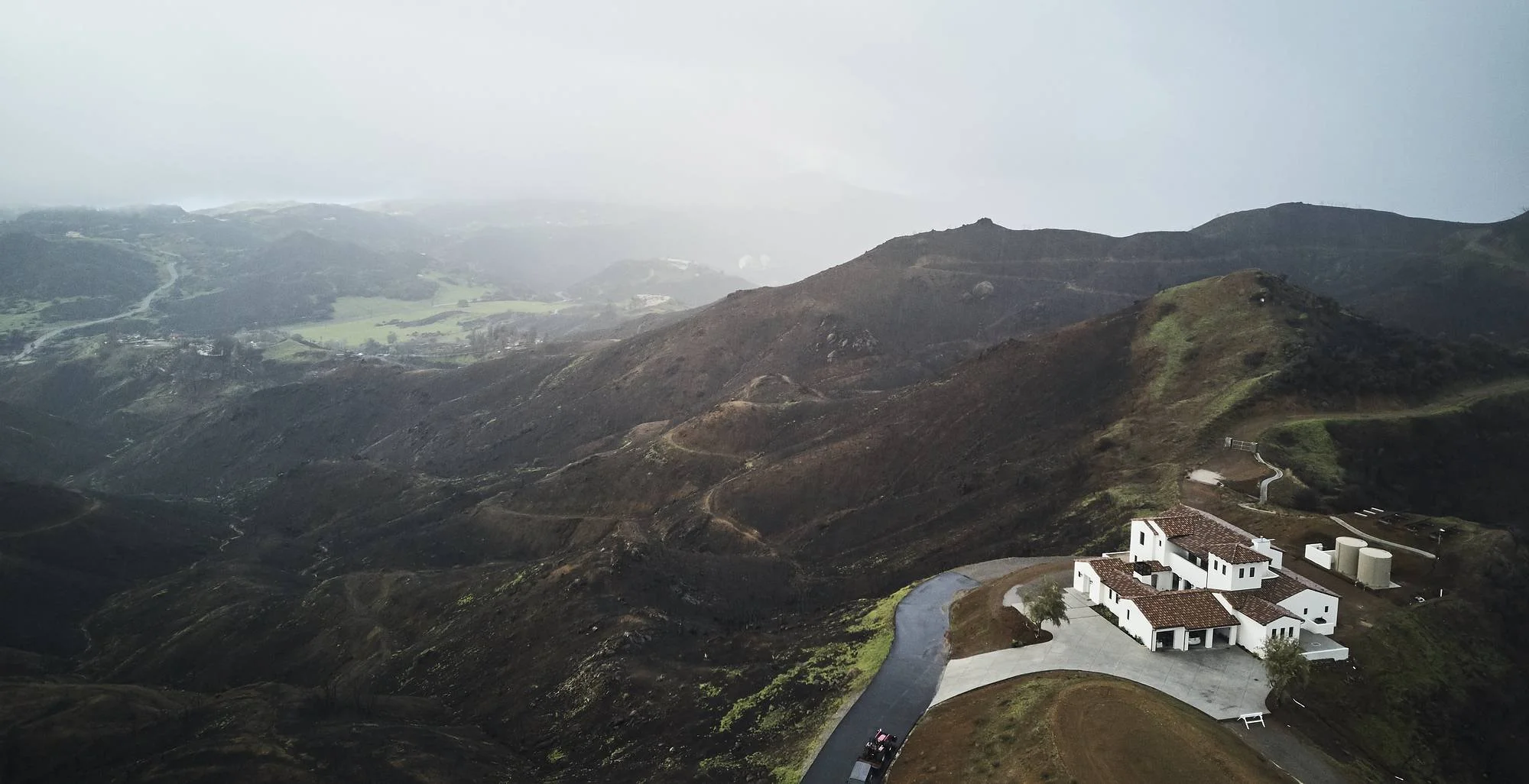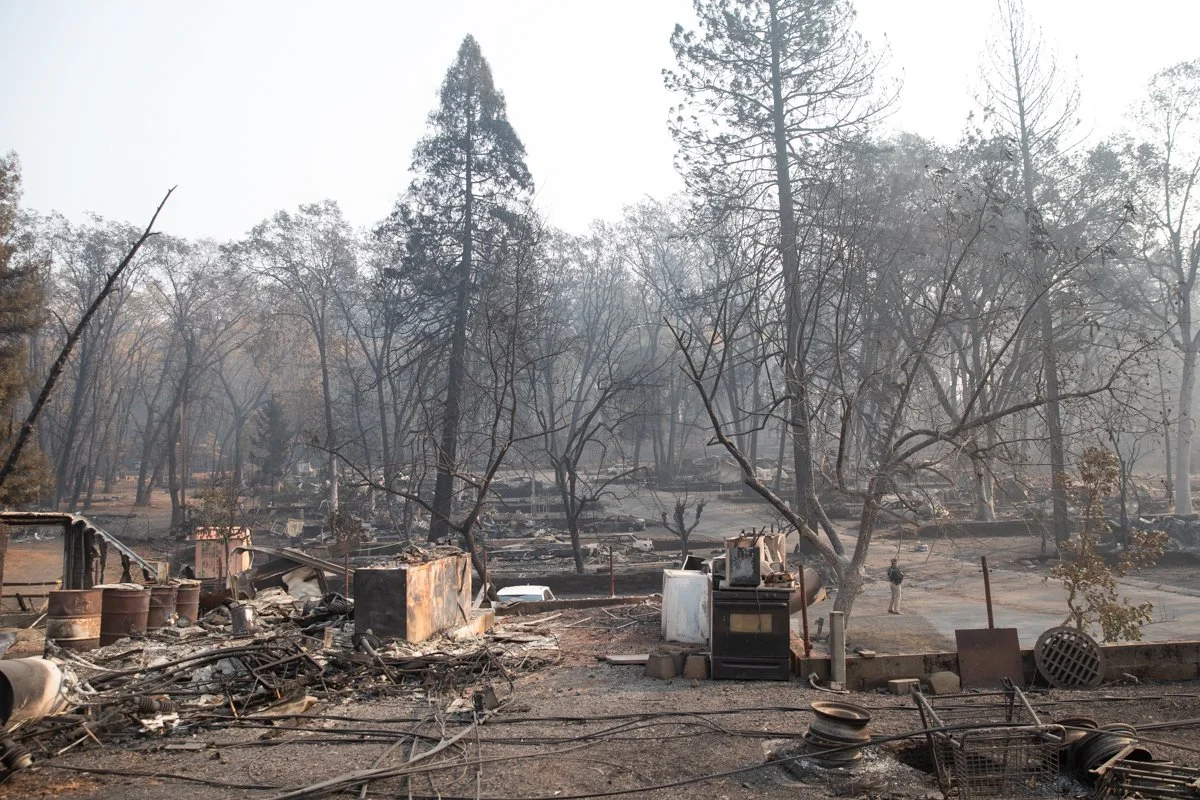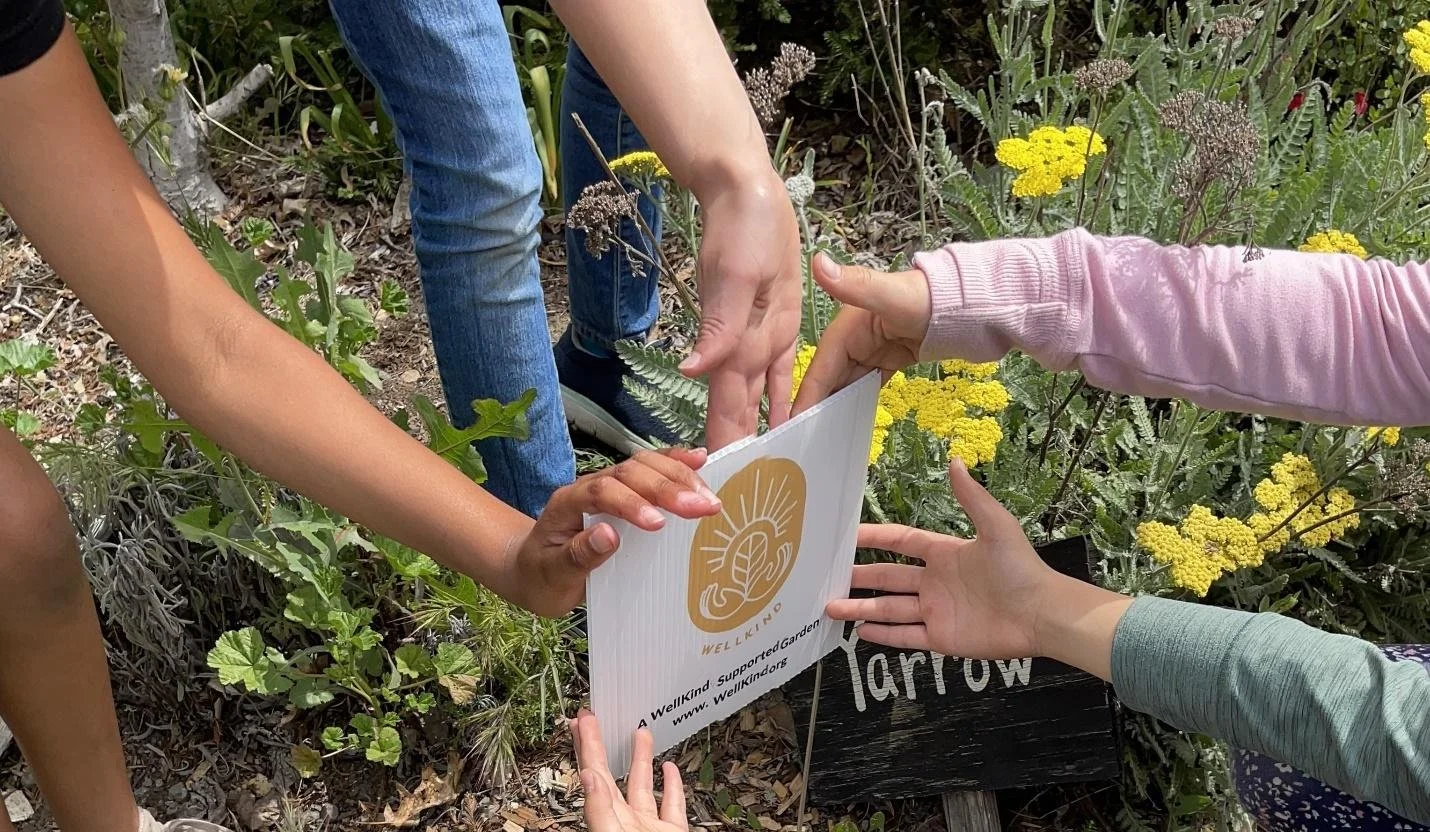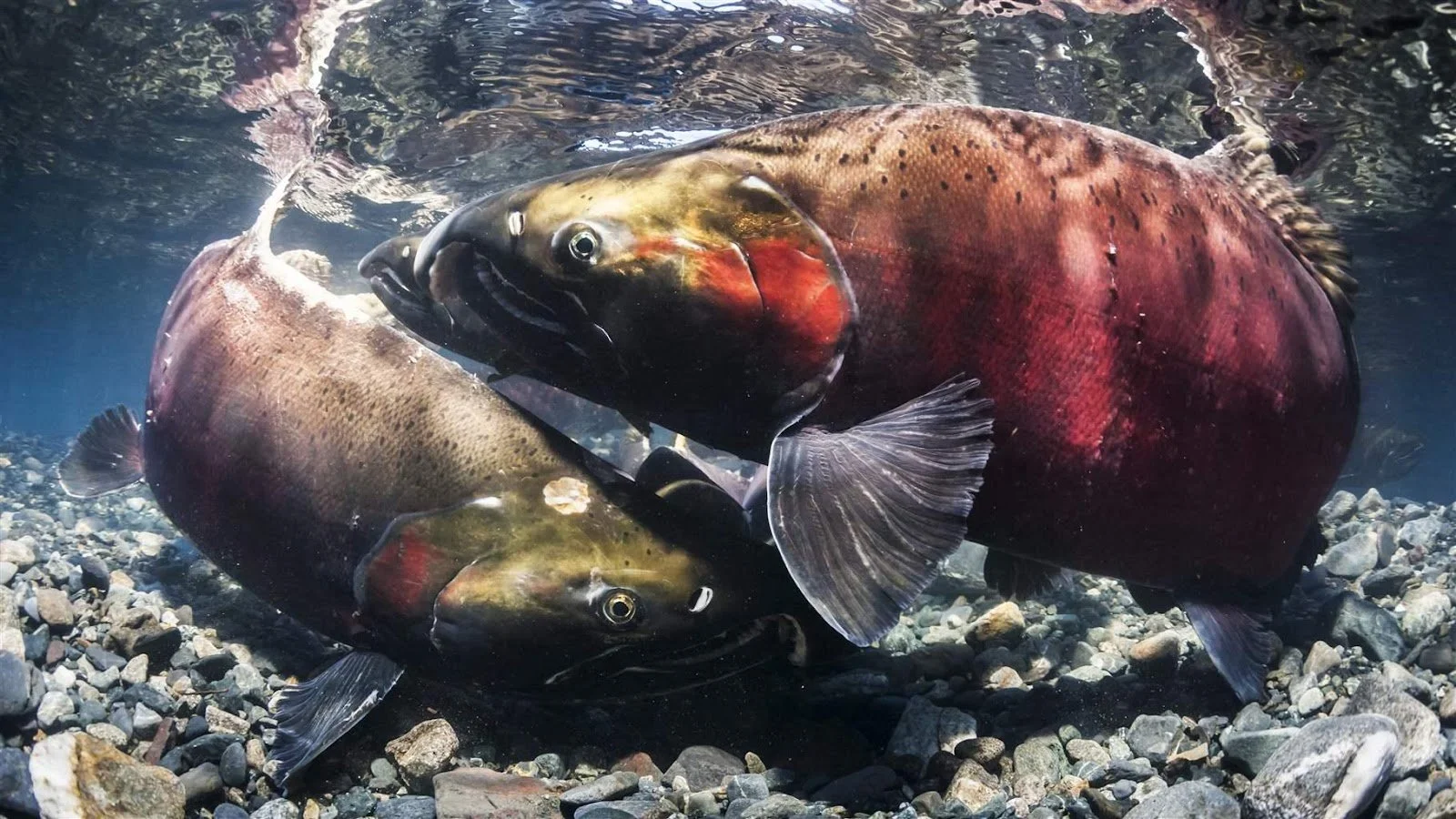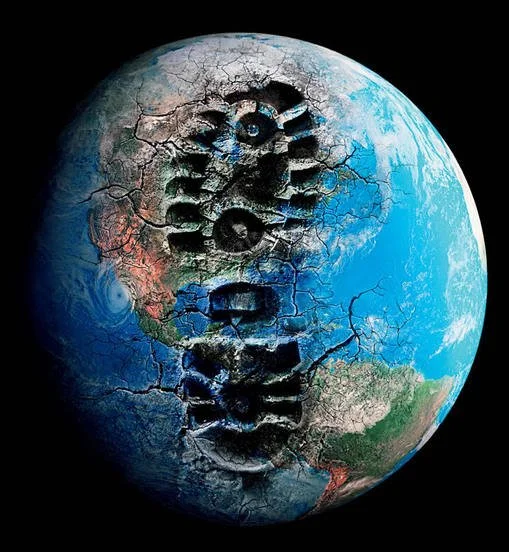In the past decade, around 1 million oak and tan oak trees have been killed by Phytophthora ramorum – a pathogen just as scary as it sounds. Phytophthora ramorumm is responsible for sudden oak death, which is causing trees to break out in cankers that quite literally bleed sap. The pathogen infects trees through their oaks and causes them to rot from the inside out. This horrible disease is killing tanoak, coast live oak, shreve oak, and California Black oak from Humboldt county to Monterey county and some areas in Oregon.
Read MoreOver the years, our national and state parks have been regulated by committees with little to no citizen input on their regulations. Even more jarring to someone who cares about these parks is that the public is not easily able to access the information about these new policies.
In the Point Reyes National Seashore, about about an hour northwest of San Francisco, a new policy was passed (and to the little knowledge of the park goers and Point Reyes locals) that will change the course of the park and its main attraction, the tule elk population.
Read MoreEliminating excessive fuels is typically done through the controversial method of tree thinning, but another problematic example of removing “fuels” is salvage logging.
Salvage logging is the process of harvesting freshly burnt trees after a forest fire for sale. It is a practice that has been highly scrutinised by many scientists and environmentalists. Disturbing decaying material, especially from a recently burnt forest, is a recipe for ecological disaster (Thorn, et. al, 2020). Despite the scientific consensus, since the aforementioned Executive Order 13855 was signed by President Trump, the Bureau of Land Management’s regulations around salvage logging have relaxed (U.S. Bureau of Land Management, 2020). This destructive practice has been continued by the Biden-Harris administration.
Read MoreForest harvest and fuel reduction activities need to be reconsidered in favor of less intensive forest management and the conservation of forests, in order to reduce overall landscape carbon emissions. Even intensive land management methods which have positive short-term effects could drastically change with the increasing percentage of carbon dioxide being emitted as a result of those same practices, leading to irreversible consequences in later decades.
As a state, California will continue to face harsh wildfires in seasons to come. The way to slow down the density and size of these fires is to take on preventive measures prior to each fire season. This is includes limiting the amount of forest acres that are thinned and creating stricter rules and regulation on human-caused burns in regions where wildfires are prone to happen. We all want to live in a safe California for generations to come, which is why better regulations need to be set in motion that allow our state’s ecosystems to flourish.
Read MoreOn September 28, 2019, the Los Angeles Times reported that due to wildfires, 16 California counties were without power that Monday morning. Later that fall, the counties faced another power outage, lasting three days. One year later, on September 25, 2020, residents opened their eyes to bright red-orange skies and pounds of ash that fell from the sky, creating a thick layer on cars and sidewalks.
In 2019, there were 7,860 wildfires in California. In 2020, there were 9,900 wildfires which burned about 4.3 million acres, twice more than the previous record of acres burned in California. In just a span of one year, wildfire rates skyrocketed, but why?
Read MoreIt's fair to say that many people’s worst nightmare is their house burning down. Seeing rubble replace what used to be your home is horrifying. To many, however, it is more than a nightmare. With an ever-warming climate, wildfires are becoming more and more frequent.
In 2020 alone, wildfires burned 17,700 structures in California, and 22,867 structures in 2018. The reality of your home burning down is closer than you might think (Barrett, 2022).
Luckily, there are many ways you can reduce the risk of severe damage to your home from a wildfire. Not only will protecting your home help to save it, but fire-safe communities save lives, create economic stability, and make the recovery from wildfires much milder.
Read MoreThe normalcy of the “fire season” has introduced new questions for many California residents as well as the rest of the United States: Why are wildfires continuing to be so severe? What isn’t working for the California Department of Forestry and Fire Protection (CALFIRE) and the U.S. Forest Service’s current policies?
The answer is that they're doing too much. The heavy-handed wildfire prevention methods that these agencies utilize often create an environment that does more to serve fast burning wildfires than it does to stop them.
Read MoreFrom a distance, you see a wildfire sweltering. Smoke fills the air as the bright red and orange flames continue to grow. Fire alarms are blaring, fire trucks are rushing up and down your street, your neighbors are running in and out their houses scrambling to take as much as their belongings as possible. You feel helpless. Everything you own will soon be gone and your house left in pieces. If only there was anything you could have done to prepare for this situation…
What is home hardening?
Hardening your home includes techniques and practices that help protect or decrease damage that may occur to your home during a wildfire. Your home’s ability to survive a wildfire is largely based around what your home is built with.
Read MoreParadise, California, was perfect for settling down and raising a family. Until, on a hot and windy November morning, a spark from a poorly maintained electrical line started a blaze fueled by dry vegetation. The fire quickly grew in size, engulfing Pulga and spreading into the neighboring towns of Concow, Magalia, and Paradise. It would blaze for 17 days, killing 85 people and destroying over 150,000 acres of land. On a visit to survey the damage of the later named Campfire, President Trump proclaimed, “I think, hopefully, this will be the last of these” (Hagerty, 2019). Unfortunately, it will not be.
The drought that allowed for the conditions that gave way to the Camp Fire still persists and likely will continue until climate change is curtailed. While single individuals can't stop massive fires, they can make sure that they and their loved ones have a plan to evacuate their homes.
Read MoreWe often tend to think about fires as a normal occurrence. Just as school shootings have become a normalcy in the media, natural disasters are close behind. We see our worst nightmares in pictures of a blazing red hot fire overtaking a house that once was home to a family just like ours. We sympathize with that family and think, “That is so terrible, and I truly feel sorry for them.” But then we go on with our lives, as if these events can’t happen to us, and that this increase in fire occurrence and severity is not a huge warning sign of what is to come in our recent future on this planet. But we all need to wake up. In the past decades, climate change has dramatically worsened, and there are many telling signs that we must start paying attention to.
Read MoreWith record-high heat and dryness, the fire season in the United States has been growing longer and longer each year. As climate change worsens due to burning fossil fuels, we sadly can only expect this trend to continue. According to the NFPA (2020), there were “490,500 structure fires in the United States in 2020” alone, increasing almost 2% from just 2019. Along with this, between 2013 and 2017, “house fires cost Americans $6.5 billion every year” (U.S. Fire Administration, 2017). Without a clear view of our world’s next step to combating climate change, it is important to know what you can do in order to save your home.
Read MoreJoin WellKnd’s Executive Director and scientist, Catriona Glazebrook, for an eye-opening workshop that will inform you on best management practices to protect your trees and wildlife given the state of our world today. She will also briefly cover the direct causes of the new inferno-type fires, how they differ from fires of the recent past, and the importance of having an evacuation plan in place. Join us on June 28 from 6:00 - 7:00 PM, PST for this free workshop.
Read MoreWellKind has had a busy spring, awarding our 2022 WellKind Garden Mini-Grants to 16 schools and 6 organizations working to fight hunger in Sonoma and Marin.
In addition, we have rolled out our “Science in the Garden” program. We’re offering free assistance to teachers to get kids learning in school gardens, featuring our science-based curriculum that meets Common Core standards.
If your school in Marin or Sonoma would like free garden classes from WellKind, please email info@wellkind.org.
Read MoreThe Salmon Protection And Watershed Network (SPAWN) grants opportunities to members within and surrounding Marin County to participate in watershed restoration efforts. The Lagunitas Watershed is where the majority of these events are held, with the goals of restoring the environment and promoting the growth of animal populations in the area, specifically salmon.
Read MoreMost people view climate change as a one-dimensional topic that has been brought on by people and worsened by large corporations emitting fossil fuels. But what people are affected most by those emissions, especially healthwise? People of color (Patnaik, et al., 2020).
Read MorePopulation growth and increased industrialization have allowed us to develop advanced societies. However, as our population grows and expands, we take up more and more space, impacting the habitat of wild animals and the health of ecosystems. The effects of anthropogenic (human) activities could permanently change the global climate. Are there ways to minimize our footprint?
Read MoreThe issue of climate change and its impact on the land around you is often evident. Maybe it’s like here in California: the grass gets golder sooner, and you have to wonder what one wrong spark can do. Maybe it’s a creek near you, where your dad says he saw fish the size of his arms when he was a kid, but now all you see are a few minnows and a plastic cup. Problems like these can seem insurmountable—but there’s one group in Marin County that is doing all they can to solve it. Meet SPAWN, an offshoot of the non-profit Turtle Island Restoration Network.
Read MoreWhen we visited the SPAWN Turtle Island Restoration Network office near Olema, California, I learned how people are inherently linked to the environment they inhabit. If, for example, a creek’s bank is depopulated of trees to make way for the development of houses and roadways, that bank will be far less capable of withstanding surging floodwaters. Without roots to hold the land together and without space for the river to expand and lessen the surge, the bank will be eaten away by the thundering flow. When the force of erosion has inflicted enough damage upon the earthen rampart that it can no longer stand, the bank will sink into the raging channel—and with it will come down the homes and roads built upon its back.
This month, WellKind is highlighting Duskie Estes, Executive Director of Farm to Pantry in Sonoma County. We are proud to support their work securing fresh, healthy produce for the food-insecure through the process of gleaning.
The greatest single action that landowners can take to help stem the tide of species loss is to STOP cutting and trimming trees in the spring. Putting an end to cutting in the spring is just one step, but it’s one of the greatest and easiest things land managers and property owners can do to make a significant difference.
Read More